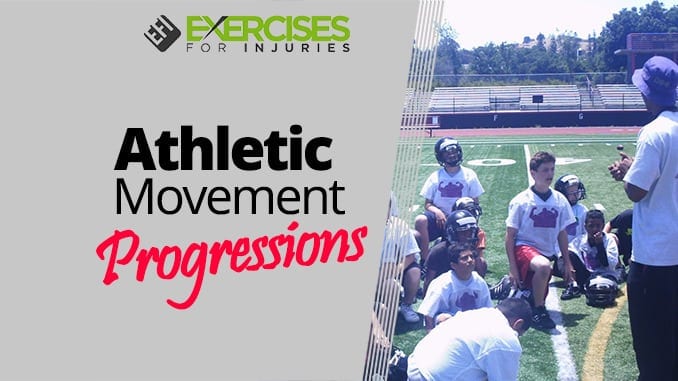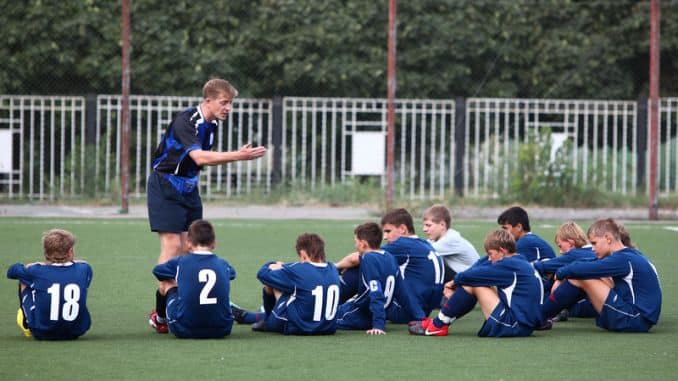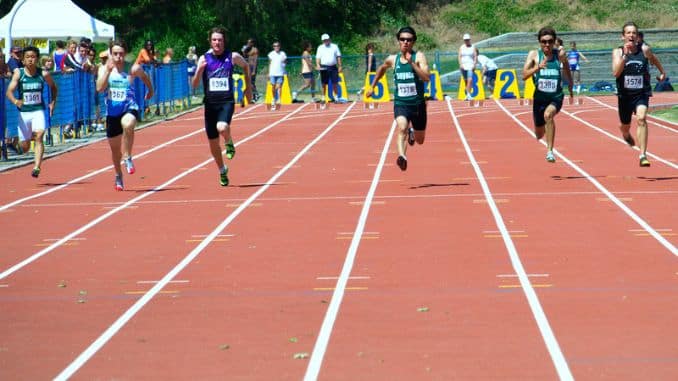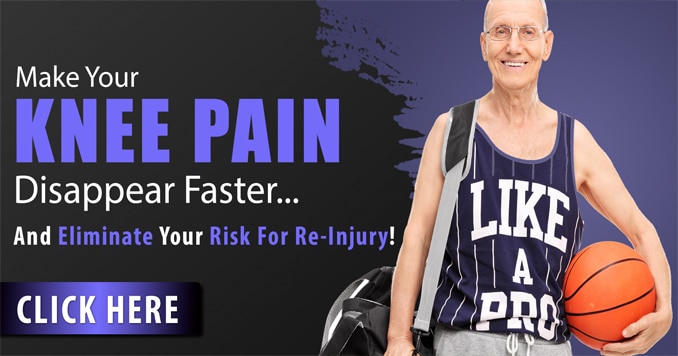
Imagine this scenario: You are a performance trainer specializing in injury prevention and athletic movement progression for youth and teen athletes. One of your existing clients refers you to work with one of his teammates.
You present your program to him and his parents, and being the excellent closer you are, of course, you close the contract. You work with the kid for three months in the off-season. He is the classic overachiever. He is skilled in his sport but not the most explosive or fluid in his movement.
The kid works his butt off, and you see vastly improved athletic ability. And even better, when he returns to work with his team as the season approaches, his coach notices the changes and asks, “What did you do this off-season, kid?”
The kid raves about your off-season training program, so the coach grabs your contact info and sets up a meeting. This is a massive opportunity because if you play it right, you will earn $75-$150 per hour doing personal or small group training and $300-$400 per hour in a team setting.
But now you run into three issues:
- Your training program is designed for a one-on-one or small group setting. You don’t have enough equipment for 30-50 kids.
- You have no equipment to work with, but you also have no facility except the field or court.
- And on top of all that, you only have 30-60 minutes per week to work with the team.
As I learned to leverage my time, I ran into the same issues and took my training progressions from individual to team settings. I also wanted to stay true to my injury prevention progressions and not cheat athletes, parents, or coaches.
But before I present to you my solution to this problem, allow me to introduce myself.
My name is C.J. Easter, and if you follow college football, I was best known as Stanford Football #12 before Andrew Luck. I am currently the CEO of the Performance Science Training Institute and am now known as the Stanford Speed, Agility, and Injury Prevention Expert.
My company contracts with youth sports organizations and high school athletic programs to implement speed, agility, and injury prevention programs on a mass scale.
Ok, enough of me, and back to your dilemma. How do you stay true to your progressions and not “sell out” for working with a large group? You can learn more about the system I use at Performance Science Training Institute.
I will take you from a micro-variable level to the macro level of the concepts behind our team-training program. Feel free to swipe these concepts to leverage your time and win your first big team training program.
So here’s a quick glimpse of how we break down our progressions as well as an utterly done-for-you training session:
We break down athletic movements into eight categories based on the dominant joint. These are the “stem cells” of athletic activities because all other muscular actions are derived from these patterns.
Here are our “Easy Eight”:
- Ankle Flexion
- Ankle Extension
- Bilateral Knee Dominant
- Unilateral Knee Dominant (F/B)
- Unilateral Knee Dominant (L/R)
- Bilateral Hip Dominant
- Unilateral Hip Dominant
- Core Stability
Now that we have a base set of movements, let’s look at how we progress our athletes through these movements:
- Isometric: To develop muscle memory of proper movement mechanics and to build strength at the point at which the body is at the most significant mechanical disadvantage
- Repetition: To create the power through the full range of motion to repeatedly recreate proper movement patterns
- Dynamic: To develop the ability to create proper movement patterns on the move and prepare the body to generate the force on the move
- Explosive: To develop the ability to create and absorb maximal force with proper movement mechanics
These progressions must complement and supplement the team’s skill development and game schedule, so we break our passages up into four types of sessions:
- Development Session: This is a session where we are looking to make some athletic gains with our athletes. We can push your athletes in these sessions because you don’t have to worry about soreness the next day affecting their game performance. For example, they play a game on a Saturday and don’t play again until the following Thursday; a Development Session fits nicely on a Monday or Tuesday of that week.
- Pre-Game Session: This training session is scheduled the day before a game. The goal is to work out any tightness or soreness to prepare the legs to be fresh and explosive. This movement progression remains constant throughout the program to allow the athlete to develop a focused routine going into game day.
- Game Day: This is go-time! We want to increase the internal temperature (“warm-up”), wake up the proper neuromuscular movement patterns we’ve been training, and prepare the body to be explosive and competitive. This movement progression remains constant throughout the program.
- Post-Game Session: This is a recovery day. The muscles break down after the intensity of competition, so we want to increase blood flow to the muscles to aid in recovery and maintain strength.
And each of these sessions is a part of a more significant phase. Here’s how we approach Phase 1:
Phase 1- Pre-Season ≈ 2 Weeks
Goal:
- To prevent injury by progressively preparing the body for competition
- To establish a foundation of strength, flexibility, speed, and agility mechanics to build upon for the rest of the season
Volume:
- Assuming a lighter schedule for this phase and more general prep than game-planning
- 2 Development Days, Pre-Game, Post Game, Game Day
- (Assuming one game per week in this phase) 50 mins/week of strength and flexibility development, 40 mins/week of speed and agility development, 30 mins/week of cardiovascular base conditioning*
- Assuming four practices/week at about 2 hours per practice, Phase 1 takes up approximately 25% of the week.
Below is an entirely done-for-you Development Session that you can use to train a team.
Phase 1, Week 1, Development Day 1
Beginning of Practice
Dynamic Flexibility Development- 5 mins
(Lines heading out from baseline or goaline)Single-Leg Hamstring Stretch- 15-20 yards
- Superman Quad Stretch- 15-20 yards
- Knee Tuck- 15-20 yards
- Side Lunges to Sumo Squat- 15-20 yards
- Forward Lunge w/Reach- 15-20 yards
- Toe Walk- 15-20 yards
Athletic Movement Fundamentals- 10 mins
(Stationary, team altogether)
(Assuming this is your athletes’ first time performing these movements, we allow 30 seconds in between each workout to explain the next one)
Set 1
- Calf Raise Reps- 15 seconds
- Rest- 30 seconds Squat Hold- 15 seconds
- Rest- 30 seconds Split Squat Hold with Running Arm Action- 15 seconds each least- 30 seconds Lateral Squat Reps- 15 seconds for each leg
- Rest- 30 seconds. Hip Extension Hold- 15 seconds
- Rest- 30 seconds Single Leg Hip Extension Reps- 15 seconds for each leg
- Rest- 30 seconds. Push-Up Hold- 15 seconds
Set 2
- Same movements as above with only 15 seconds of rest in between
Speed Mechanics- 7.5 mins
(Again, assuming this is your athletes’ first time performing these movements, we allow 30 seconds in between each workout to explain the next one)
- Knee Drive Isometric (15 seconds each leg)
- Rest- 30 seconds Knee Drive Reps (10 reps each leg on your command)
- Rest- 30 seconds Knee Drive with Extension (5 reps each on your command)
- Rest- 30 seconds Knee Drive with Reverse Extension (5 reps each on your command)
- Rest- 30 seconds Arm Action- 30 seconds
- Rest- 30 seconds. Arm Action with Opposite Knee Drive – 30 seconds
Dynamic Speed Development- 7.5 mins
(Lines going out from the baseline or goal line) A-Skips- 15-20 yards
- Straight-Leg Skips- 15-20 yards
- B-Skips- 15-20 yards
- Fast Leg Cycles Right Leg- 15-20 yards
- Fast Leg Cycles Left Leg- 15-20 yards
- Backwards Run- 15-20 yards
- Quick Feet to High Knees- 15-20 yards
Hey, I hope this article opened up your eyes a bit.
I will be back again with another article for you.
Later.
C.J.
Thanks a bunch, C.J.; that was great.
Rick Kaselj, MS



